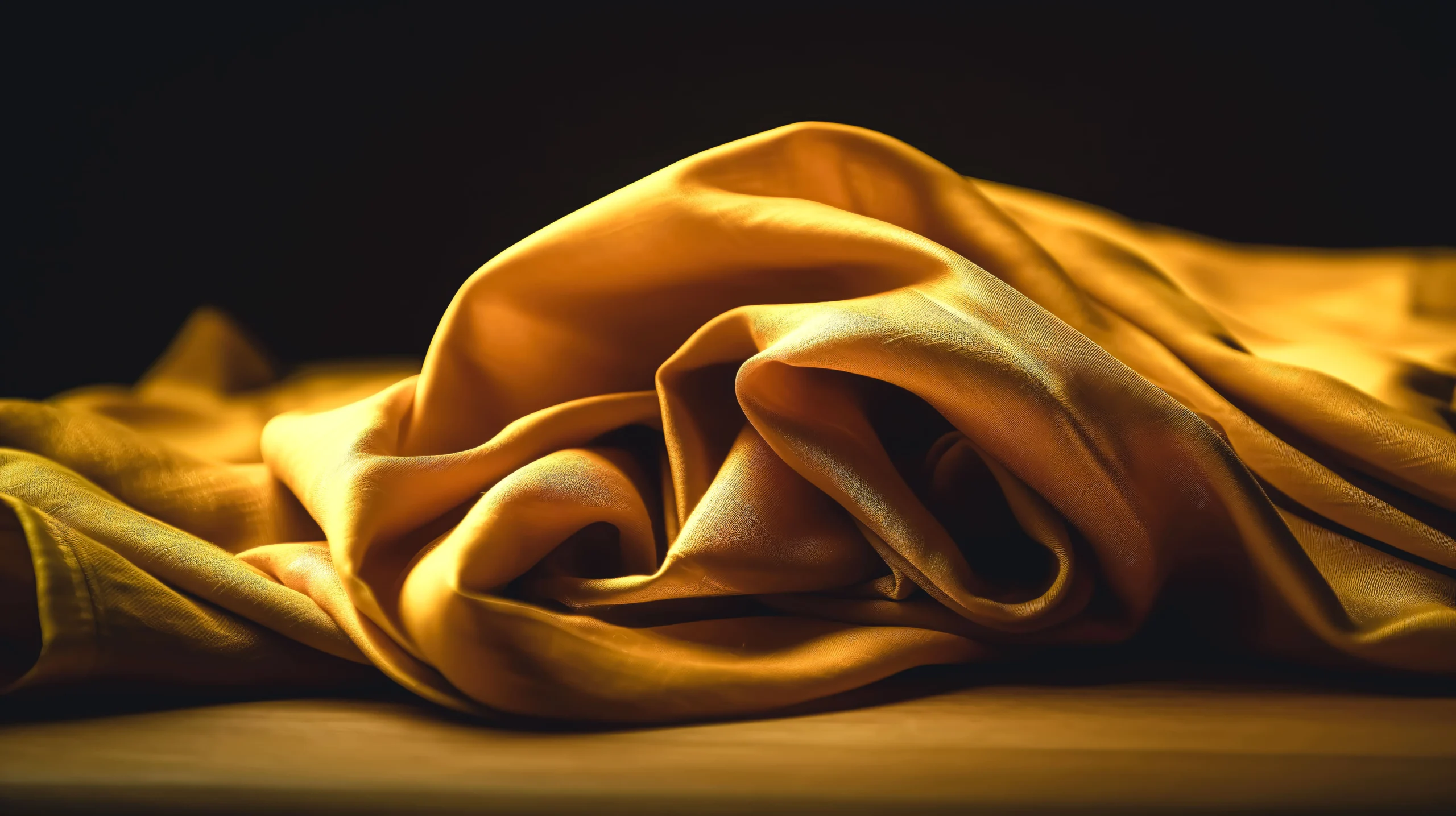

Demystifying Art Silk: Everything You Need to Know
In the realm of textiles, the term “art silk” often floats around, sparking curiosity and intrigue. But what exactly is art silk, and why does it hold such significance in the world of fashion? Today, we embark on a journey to unravel the mysteries surrounding this fascinating material.
History of Art Silk
Artificial silk, commonly known as art silk, traces its roots back to the early 20th century. Initially developed as a more affordable alternative to natural silk, art silk quickly gained popularity due to its versatility and cost-effectiveness. In the beginning, its production involved various synthetic fibers, but over time, advancements led to the creation of more refined versions that closely mimic the luxurious feel of natural silk.
Production Process
The production of art silk involves intricate processes that aim to replicate the texture and sheen of natural silk. Initially, raw materials such as cellulose-based fibers or synthetic polymers are dissolved in a solvent to form a viscous solution. This solution is then extruded through spinnerets to create fine filaments, which are solidified through processes like dry spinning or wet spinning. Finally, these filaments are woven into fabric using techniques like weaving or knitting, resulting in the creation of stunning art silk textiles.
Properties of Art Silk
Art silk possesses several unique properties that make it a desirable choice for clothing and upholstery:
1. Lustrous Appearance: Art silk exhibits a beautiful, glossy sheen that closely resembles natural silk, adding an element of sophistication to any garment.
2. Soft Texture: With its smooth and soft texture, art silk feels luxurious against the skin, making it ideal for creating comfortable clothing items.
3. Drapability: Art silk fabric has excellent draping qualities, allowing it to flow gracefully and accentuate the body’s natural contours.
4. Durability: Unlike natural silk, which can be delicate and prone to damage, art silk is more resilient and less susceptible to wear and tear, ensuring longevity.
5. Affordability: One of the most significant advantages of art silk is its affordability, making it accessible to a broader audience without compromising on quality.
Uses of Art Silk
Art silk finds applications across various industries, including fashion, home decor, and upholstery. Some common uses of art silk include:
– Apparel: Art silk is extensively used in the production of sarees, dresses, blouses, and other clothing items, offering a blend of elegance and comfort.
– Home Furnishings: Its lustrous appearance and soft texture make art silk an excellent choice for curtains, upholstery, cushion covers, and bedspreads, adding a touch of luxury to any living space.
Comparison with Silk
While art silk shares similarities with natural silk, there are some key differences between the two:
– Cost: Art silk is significantly more affordable than natural silk, making it a preferred choice for budget-conscious consumers.
– Source: Natural silk is derived from the cocoons of silkworms, while art silk is synthetically produced from various materials such as rayon, polyester, or nylon.
– Texture: While art silk closely mimics the softness and sheen of natural silk, purists may argue that it lacks the inherent charm and texture of its natural counterpart.
Advantages of Art Silk
The popularity of art silk stems from its numerous advantages:
1. Affordability: Art silk offers a luxurious look and feel at a fraction of the cost of natural silk, making it accessible to a wider audience.
2. Versatility: Its versatility allows for a range of applications, from clothing and accessories to home furnishings and upholstery.
3. Durability: Art silk is more durable and easier to maintain than natural silk, making it suitable for everyday wear and use.
4. Ethical Considerations: Unlike natural silk, which involves the harvesting of silkworms, art silk production does not harm animals, making it a more ethical choice for conscientious consumers.
Care and Maintenance
Proper care and maintenance are essential for preserving the beauty and longevity of art silk garments and textiles. Here are some tips:
– Hand Wash or Dry Clean: To avoid damage, hand wash art silk items in cold water with a mild detergent or opt for professional dry cleaning.
– Avoid Direct Sunlight: Prolonged exposure to sunlight can cause fading and deterioration of art silk fabric, so store garments in a cool, dark place when not in use.
– Handle with Care: Be gentle when handling art silk garments to prevent snags or tears, and avoid using harsh chemicals or bleach.
In conclusion, art silk stands as a testament to human ingenuity, offering a blend of luxury, affordability, and sustainability. Whether adorning the runway or gracing our homes, this remarkable material continues to captivate and inspire, enriching our lives with its timeless elegance. Explore our comprehensive comparison article on Comparison Between Pure Silk Sarees and Art Silk Sarees for a deeper understanding of the nuances between the two.
